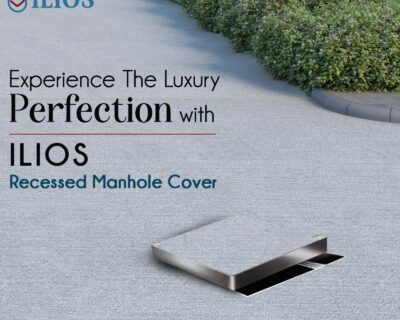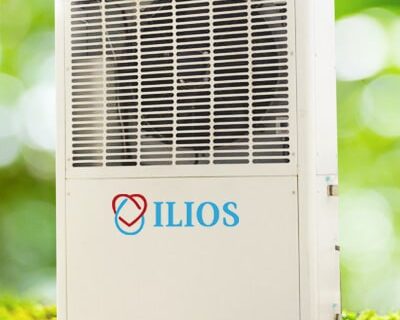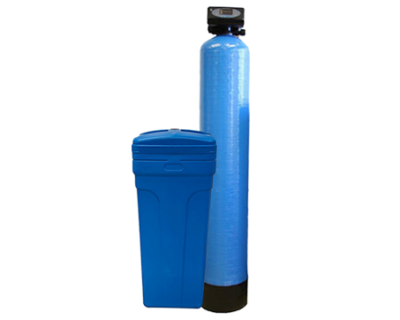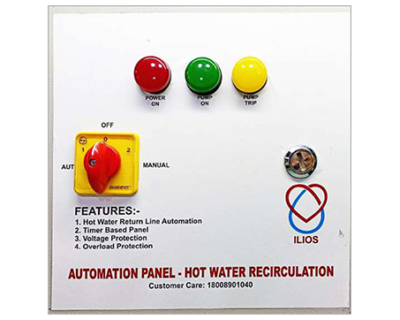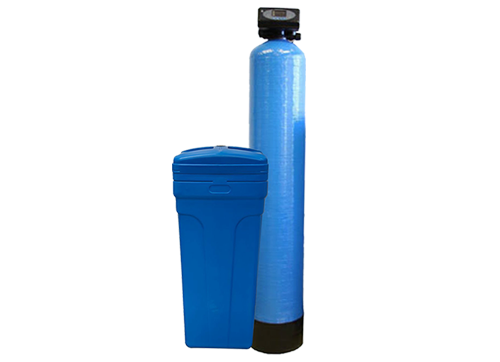
The Ultimate Guide to Water Softener: What They Are and Why You Need One
Water is an essential part of our daily lives, from drinking to cooking, cleaning, and bathing. But have you ever wondered why your soap doesn’t lather well, or why your skin feels dry after a shower? The culprit could be hard water. Here’s where a water softener proves its value. In this blog, we’ll explore what a water softener is, how it works, and why investing in one could be the best decision you make for your home.
What Is Hard Water?
Before diving into water softeners, it’s crucial to understand what hard water is. Hard water is defined by high levels of minerals, primarily calcium and magnesium. These minerals, while not harmful to your health, can cause a range of issues in your home:
Scale buildup: Over time, these minerals accumulate in pipes, appliances, and fixtures, leading to scale buildup that reduces efficiency and can cause costly repairs.
Poor soap performance: Hard water makes it difficult for soap to lather, meaning you use more soap for less effective cleaning.
Skin and hair issues: Hard water can leave your skin dry and your hair dull and lifeless.
Stains and spots: It can leave spots on dishes and stains in sinks and bathtubs.
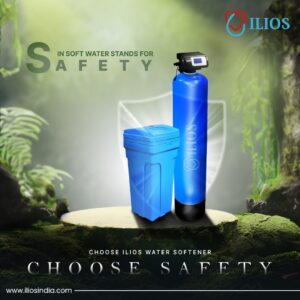
What Is a Water Softener?
A water softener is a device designed to remove the calcium and magnesium ions in hard water, replacing them with sodium or potassium ions. This process is known as ion exchange. By softening the water, a water softener helps to prevent the problems associated with hard water, making your water more suitable for daily use.
How Does a Water Softener Work?
The basic principle behind a water softener is ion exchange. Here’s a step-by-step look at how it works:
Hard Water Enters the Softener: When water enters the softener, it passes through a resin bed filled with tiny beads covered in sodium or potassium ions.
Ion Exchange Process: The calcium and magnesium ions in the hard water are attracted to the resin beads. As the water passes through, these hard water ions are swapped with the sodium or potassium ions on the beads.
Soft Water Leaves the Softener: The now-softened water, free of calcium and magnesium, exits the softener and flows throughout your home, ready for use.
As time goes by, the resin beads become overloaded with calcium and magnesium. The softener then initiates a regeneration cycle, where a salt solution flushes the hard minerals out of the resin bed, recharging it with sodium or potassium ions so it can continue softening your water.
Benefits of Using a Water Softener
Investing in a water softener comes with numerous benefits, both for your home and your health. Here’s why you might want to think about installing it:
Protect Your Plumbing and Appliances:
Hard water causes scale buildup in pipes and appliances, reducing their lifespan and efficiency. A water softener prevents this buildup, saving you money on repairs and replacements.
Better Cleaning Results:
With soft water, soaps and detergents work more effectively, meaning you’ll use less product and get better results. Your dishes will be spotless, your laundry will be softer, and your surfaces will be easier to clean.
Healthier Skin and Hair:
Soft water is gentler on both your skin and hair. You’ll notice softer skin, shinier hair, and less dryness and irritation.
Save Money:
While a water softener is an initial investment, it saves you money in the long run by extending the life of your appliances, reducing your energy bills, and cutting down on the amount of soap and detergent you need to use.
Eco-Friendly:
Using less soap and detergent is better for the environment, and your appliances will run more efficiently, reducing your household’s carbon footprint.
Choosing the Right Water Softener
Not all water softeners are the same, so it’s important to choose one that fits your needs. Here are some factors to consider:
Water Hardness Level:
The hardness of your water can change based on your location. You can test your water to determine its hardness level and choose a softener that can handle it effectively.
Household Size:
The size of your household will determine the capacity of the water softener you need. A larger family will require a system that can soften more water daily.
Type of Water Softener:
Water softeners come in various forms, including those that use salt, those that operate without salt, and dual-tank systems. Each has its pros and cons, so research the best option for your home.
Maintenance Requirements:
Some water softeners require more maintenance than others. Consider how much time and effort you’re willing to put into maintaining your system.
Maintaining Your Water Softener
A water softener requires regular maintenance to ensure it continues working effectively. Here are some tips:
Check Salt Levels: Regularly check the salt levels in your brine tank and refill as needed. Without enough salt, the ion exchange process can’t occur.
Clean the Brine Tank: Occasionally, your brine tank may need cleaning to remove any sludge or buildup.
Service Regularly: Have your water softener serviced by a professional at least once a year to ensure it’s functioning correctly.
Common Misconceptions About Water Softeners
There are a few misconceptions about water softeners that might make people hesitant to install one. Let’s clear those up:
“Soft Water Tastes Salty”: The amount of sodium added to softened water is minimal, so you won’t notice a salty taste.
“Water Softeners Waste Water”: Modern water softeners are designed to be efficient, using less water during the regeneration process.
Conclusion
A water softener is more than just a luxury—it’s a practical investment that can improve your quality of life, protect your home, and save you money. From preventing scale buildup in your pipes to giving you softer skin and shinier hair, the benefits are numerous. If you’re dealing with the challenges of hard water, consider installing a water softener in your home. You’ll quickly see the difference in your water quality, and the long-term savings will speak for themselves.

